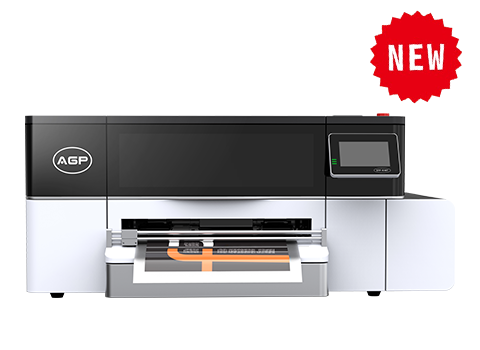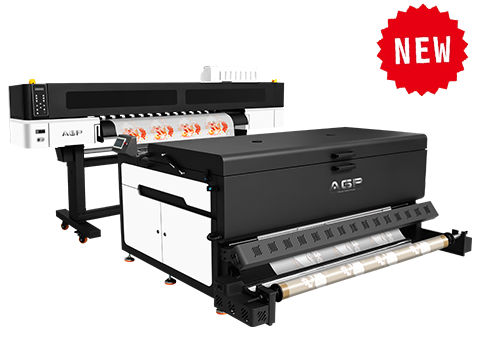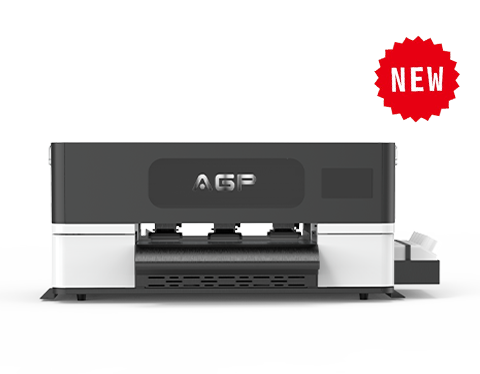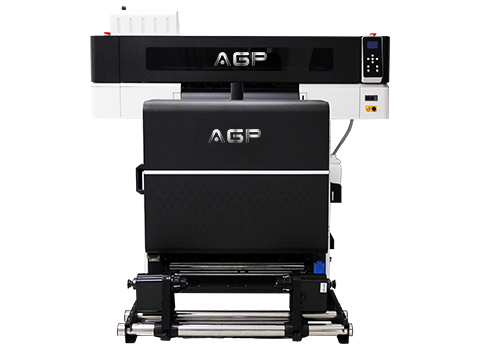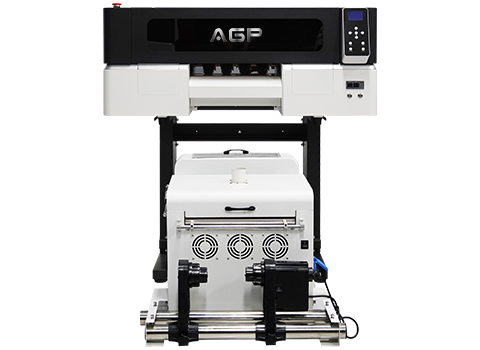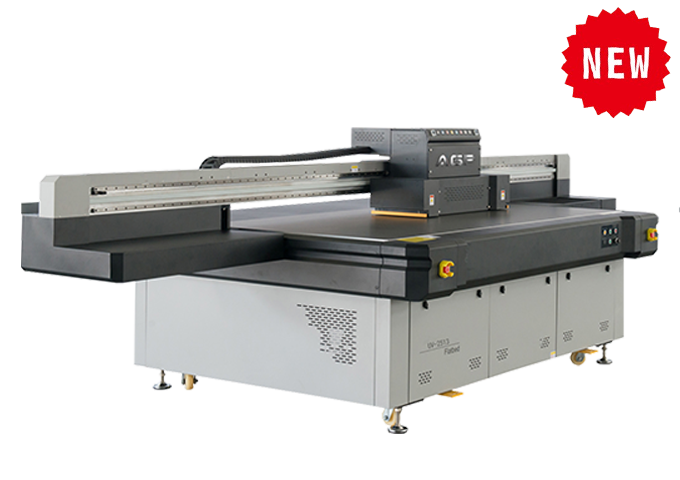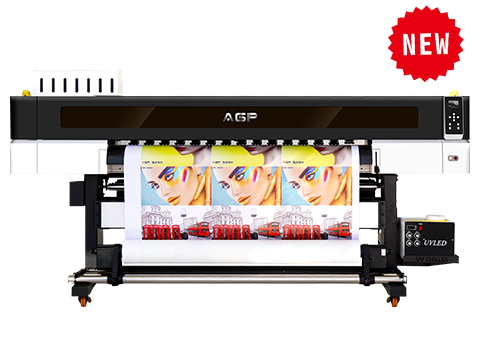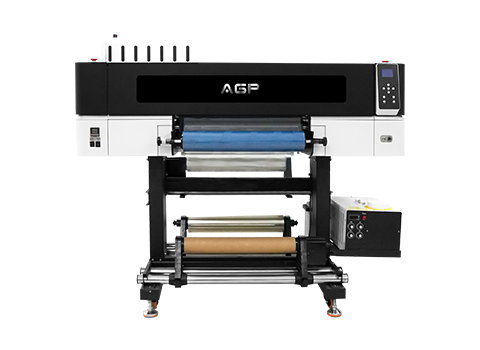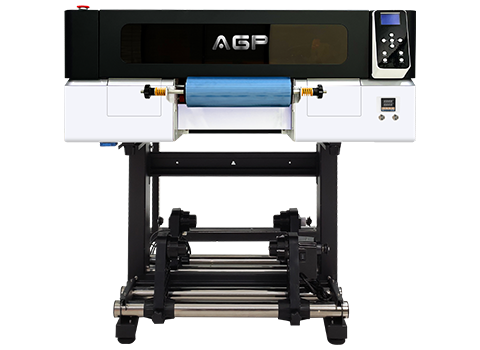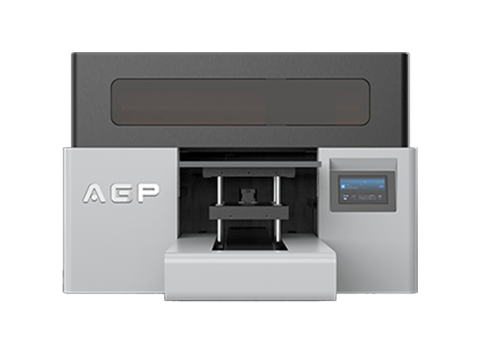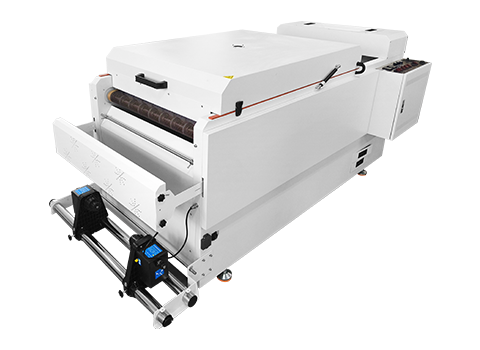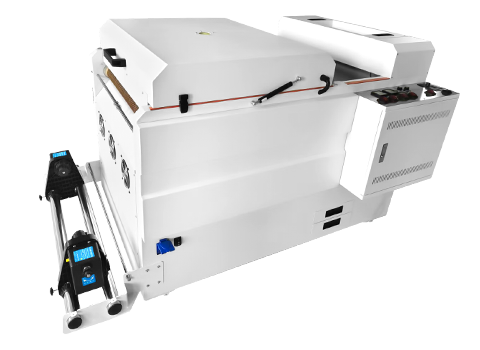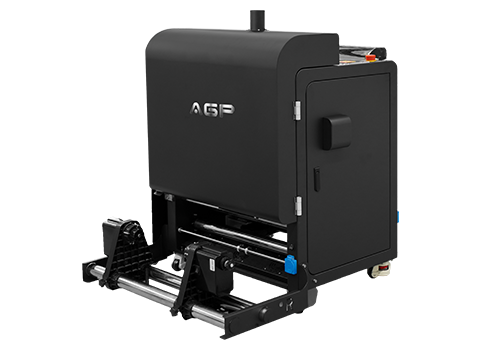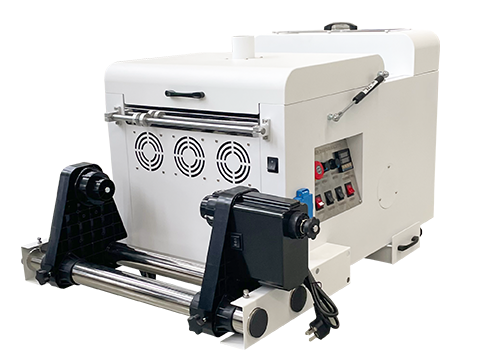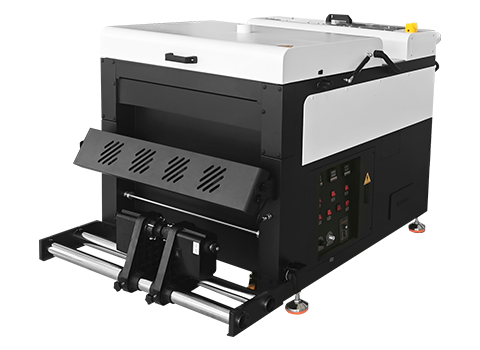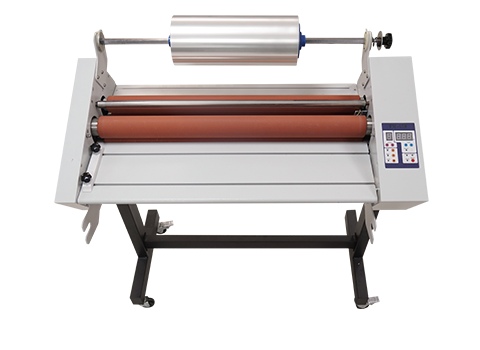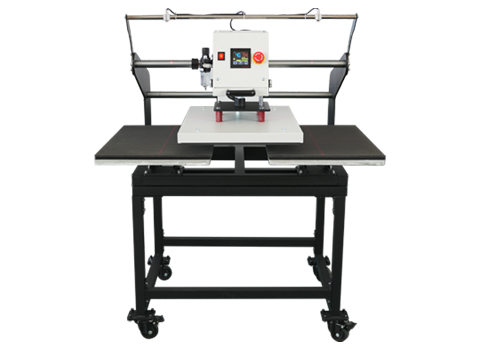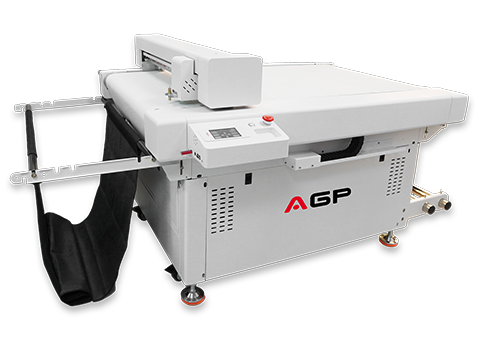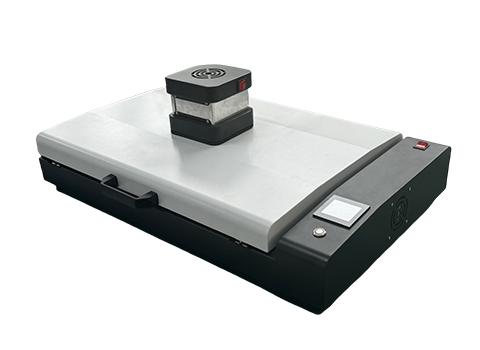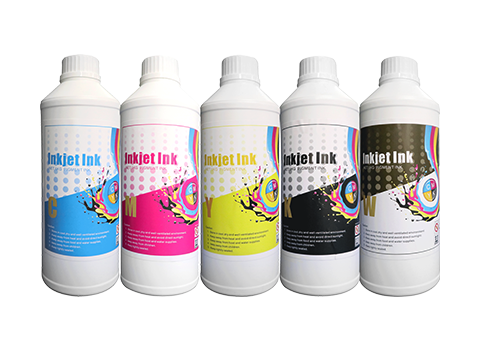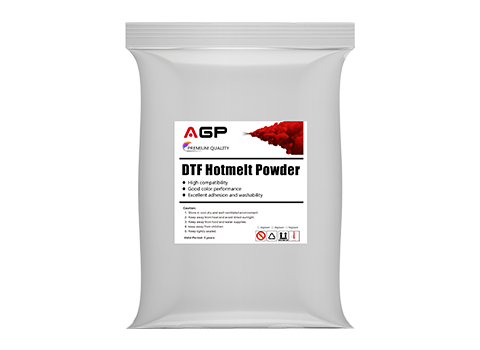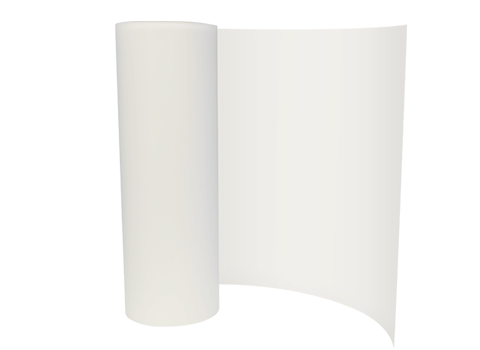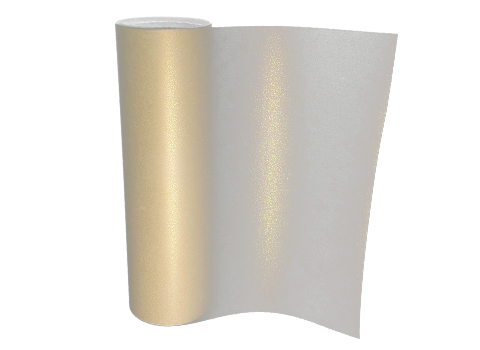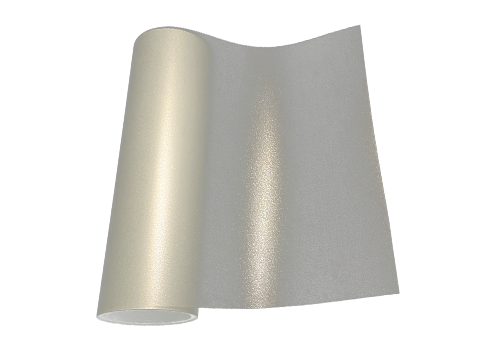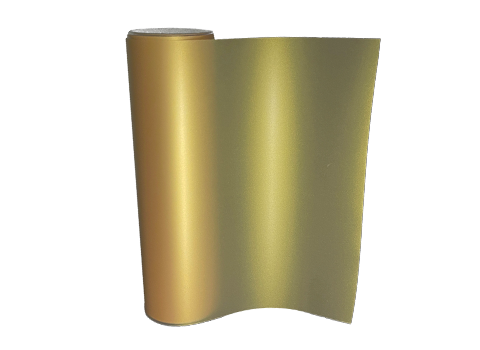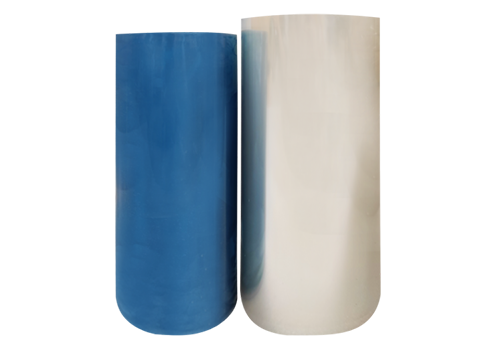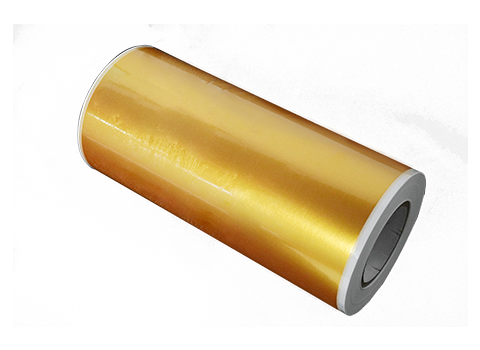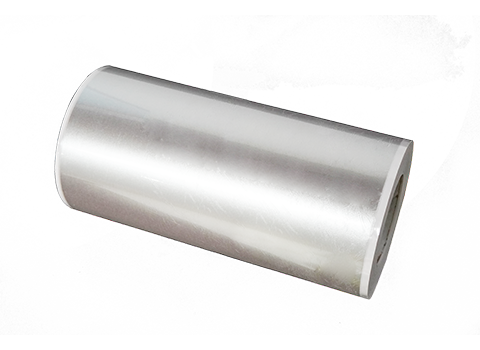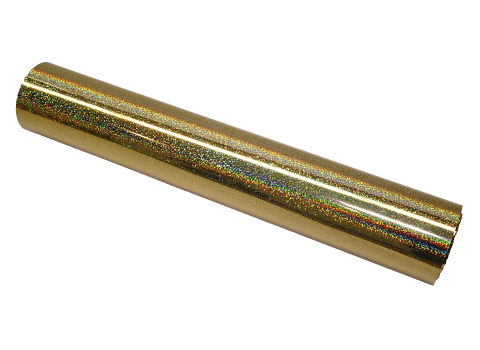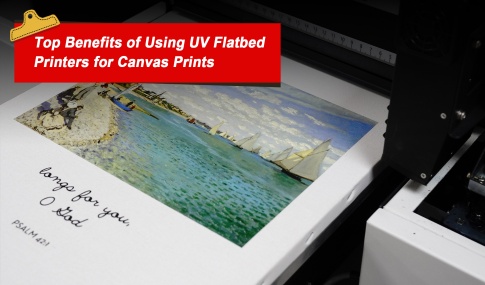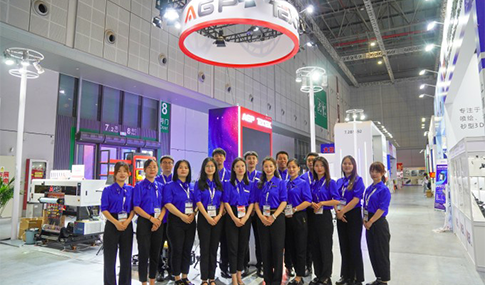UV Ink vs. Latex Ink: Which Ink Technology Truly Delivers in 2025?

When selecting a digital ink technology for your business, you’re not just choosing color—you’re investing in performance, durability, versatility, and long-term value. Among the most debated contenders in the wide-format printing world are UV ink and latex ink. While both are hailed as environmentally conscious alternatives to traditional solvent-based inks, their underlying technologies and real-world performance differ greatly. So, which one better suits your printing needs in 2025?
Understanding the Technology Behind the Inks
UV ink utilizes a photoinitiator-based formulation that instantly hardens when exposed to ultraviolet light. This creates a scratch-resistant, highly durable finish on a wide variety of surfaces—rigid or flexible. UV printing doesn’t rely on heat, making it suitable even for heat-sensitive materials.
Latex ink, by contrast, is water-based and contains polymer particles suspended in a liquid medium. It requires heat to evaporate water and cure the ink onto the substrate. While often marketed as eco-friendly, the heating process adds complexity, energy consumption, and material limitations.
Durability and Outdoor Longevity
UV-curable inks are known for their exceptional resistance to UV rays, moisture, and abrasion, often lasting 5–7 years or longer in outdoor environments without needing lamination. This makes them ideal for signage exposed to the elements year-round.
Latex inks, while reliable, tend to offer 3–5 years of outdoor durability, with lamination needed for extended lifespan. Their water-based nature makes them slightly more prone to fading under prolonged UV exposure.
Verdict: If your applications demand maximum durability and weather resistance, UV ink is the superior choice.
Environmental Footprint and Health Considerations
Sustainability has become a key factor in technology adoption. Latex inks, being water-based, emit very low VOCs and are often positioned as a greener choice. They’re especially favored for indoor environments like schools, clinics, and homes.
However, UV-LED ink technology has advanced rapidly, with modern systems consuming significantly less energy than latex printers. The instant curing process minimizes waste and emissions, and many UV inks now meet GreenGuard Gold certification, just like latex.
Verdict: While latex ink wins on water-based safety, UV ink is catching up and even outperforms on energy efficiency and waste reduction.
Material Compatibility and Versatility
When it comes to application diversity, each ink type has its niche.
Latex ink performs beautifully on flexible substrates, such as textiles, soft signage, and vehicle wraps. Its elasticity prevents cracking during material bending.
UV ink, on the other hand, excels with rigid and specialty materials—from glass and metal to wood, acrylic, and leather. Its instant adhesion and multi-layer capabilities allow for vibrant, high-end finishes, including gloss and textured effects.
Verdict: Choose latex for soft, stretchable surfaces; opt for UV ink for rigid materials and premium visual effects.
Total Cost of Ownership and Print Efficiency
While latex printers may appear more affordable at first glance, the high energy consumption, heating systems, and limited media options can drive up operational costs.
UV printing solutions often come with a higher upfront investment, but benefit from lower ink usage, faster throughput, and minimal post-processing needs. They also work on cheaper, uncoated materials, making them more budget-friendly for large-scale operations.
Verdict: For high-volume production and long-term ROI, UV ink delivers more value per dollar.
Application Matchmaking: Which Ink Fits Your Industry?
| Use Case | Recommended Ink |
|---|---|
| Outdoor Signage | UV Ink (weatherproof, long-lasting) |
| Vehicle Wraps | Latex Ink (flexible, heat-cured) |
| Indoor Wall Graphics | Latex Ink (low VOC, odorless) |
| Packaging & Displays | UV Ink (rigid material compatibility) |
| Customized Products | UV Ink (multi-layer, textured finishes) |
Conclusion: A Smarter Ink Investment in 2025
There's no universal "best ink"—only the best ink for your specific priorities. If sustainability, safety, and flexibility are your top concerns, latex ink will serve you well. But if you demand durability, creative versatility, and high-speed efficiency for industrial-scale output, UV ink is the clear frontrunner.
As digital printing continues to evolve, businesses must choose ink technologies that align not just with today's jobs, but tomorrow's demands.

